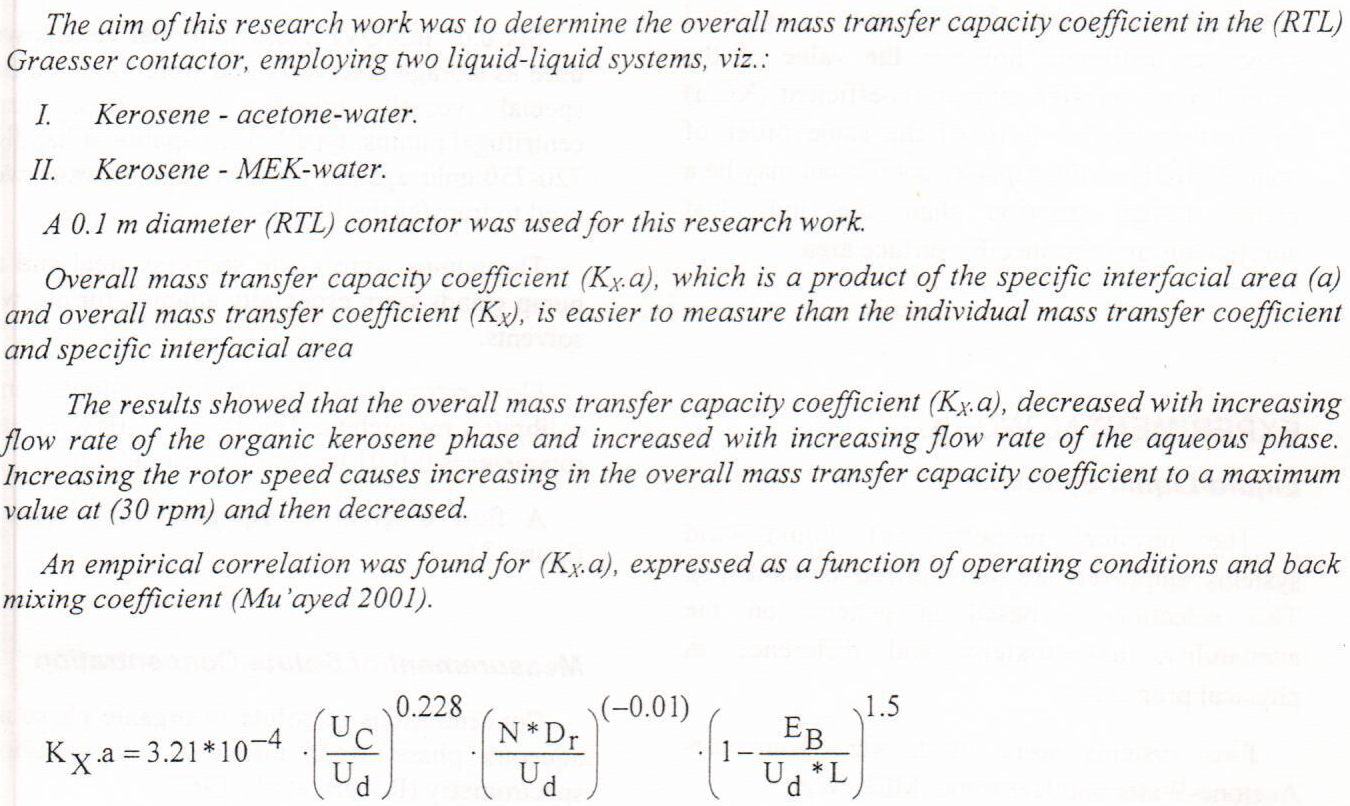
Arab translators have always paid great attention to the translation of the Persian literary genres, in particular, contemporary Iranian novels. They have always translated for the most prominent Iranian novelists such as Jalal Al Ahmad, Sadiq Hidayat, Mahmoud Dowlatabadi, Bozorg Alavi, Ismail Fasih, Houshang Golshiri, Gholam-Hossein Saedi, Simin Daneshvar, Sadiq Chubak, Samad Behrangi and others that have succeeded in perfectly picturing the Iranian society.
Within the perspectives of Arab translators and by using the descriptive - analytical approach, the present study provides an analytical study of the translation into Arabic some of the modern Persian novels. Moreove
... Show MoreThis research work aims to the determination of molybdenum (VI) ion via the formation of peroxy molybdenum compounds which has red-brown colour with absorbance wave length at 455nm for the system of ammonia solution-hydrogen peroxide-molybdenum (VI) using a completely newly developed microphotometer based on the ON-Line measurement. Variation of responses expressed in millivolt. A correlation coefficient of 0.9925 for the range of 2.5-150 ?g.ml-1 with percentage linearity of 98.50%. A detection limit of 0.25 ?g.ml-1 was obtained. All physical and chemical variable were optimized interferences of cation and anion were studied classical method of measurement were done and compared well with newly on-line measurements. Application for the use
... Show MoreFour metal compounds mixed ligand of azo dye ligand (L) and metformin.(Met) were produced at aquatic ethanol for (1:1:1) (M:L:Met). The prepared compounds were identified by utilizing atomic absorption flame, FT.IR and UV–Vis spectrum manners as well as conductivity mensuration. These compounds was assayed of the gained datum the octahedral geometry was proposed into whole prepared complexes.Also in this research was studied represented examining the antibacterial and antifungal impact of the azo dye ligand (L), metformin.(Met) and (Co,Ni, Cu and Cd complexes) on four types of pathogenic, clinically isolated bacteria that are resistant to antibiotic, like Staphylococcus aureus, Staphylococcus epidermidis, Escherichia coli, Klebsiella pneu
... Show More (2)
(2)
This study aimed to study the inhibition activity of purified bacteriocin produced from the local isolation Lactococcuslactis ssp. lactis against pathogenic bacteria species isolated from clinical samples in some hospitals Baghdad city. Screening of L. lactis ssp. Lactis and isolated from the intestines fish and raw milk was performed in well diffusion method. The results showed that L. lactis ssp. lactis (Lc4) was the most efficient isolate in producing the bacteriocin as well observed inhibitory activity the increased that companied with the concentration, the concentration of the twice filtrate was better in obtaining higher inhibition diameters compared to the one-fold concentration. The concentrate
... Show More (2)
(2)
 (9)
(9)
 (6)
(6)
The current work concerns preparing cobalt manganese ferrite (Co0.2Mn0.8Fe2O4) and decorating it with polyaniline (PAni) for supercapacitor applications. The X-ray diffraction findings (XRD) manifested a broad peak of PAni and a cubic structure of cobalt manganese ferrite with crystal sizes between 21 nm. The pictures were taken with a field emission scanning electron microscope (FE-SEM), which evidenced that the PAni has nanofibers (NFs) structures, grain size 33 – 55 nm, according to the method of preparation, where the hydrothermal method was used. The magnetic measurements (VSM) that were conducted at room temperature showed that the samples had definite magnetic properties. Additionally, it was noted that the saturation magnetizatio
... Show MoreTwo simple methods for the determination of eugenol were developed. The first depends on the oxidative coupling of eugenol with p-amino-N,N-dimethylaniline (PADA) in the presence of K3[Fe(CN)6]. A linear regression calibration plot for eugenol was constructed at 600 nm, within a concentration range of 0.25-2.50 μg.mL–1 and a correlation coefficient (r) value of 0.9988. The limits of detection (LOD) and quantitation (LOQ) were 0.086 and 0.284 μg.mL–1, respectively. The second method is based on the dispersive liquid-liquid microextraction of the derivatized oxidative coupling product of eugenol with PADA. Under the optimized extraction procedure, the extracted colored product was determined spectrophotometrically at 618 nm. A l
... Show More (5)
(5)
 (6)
(6)
